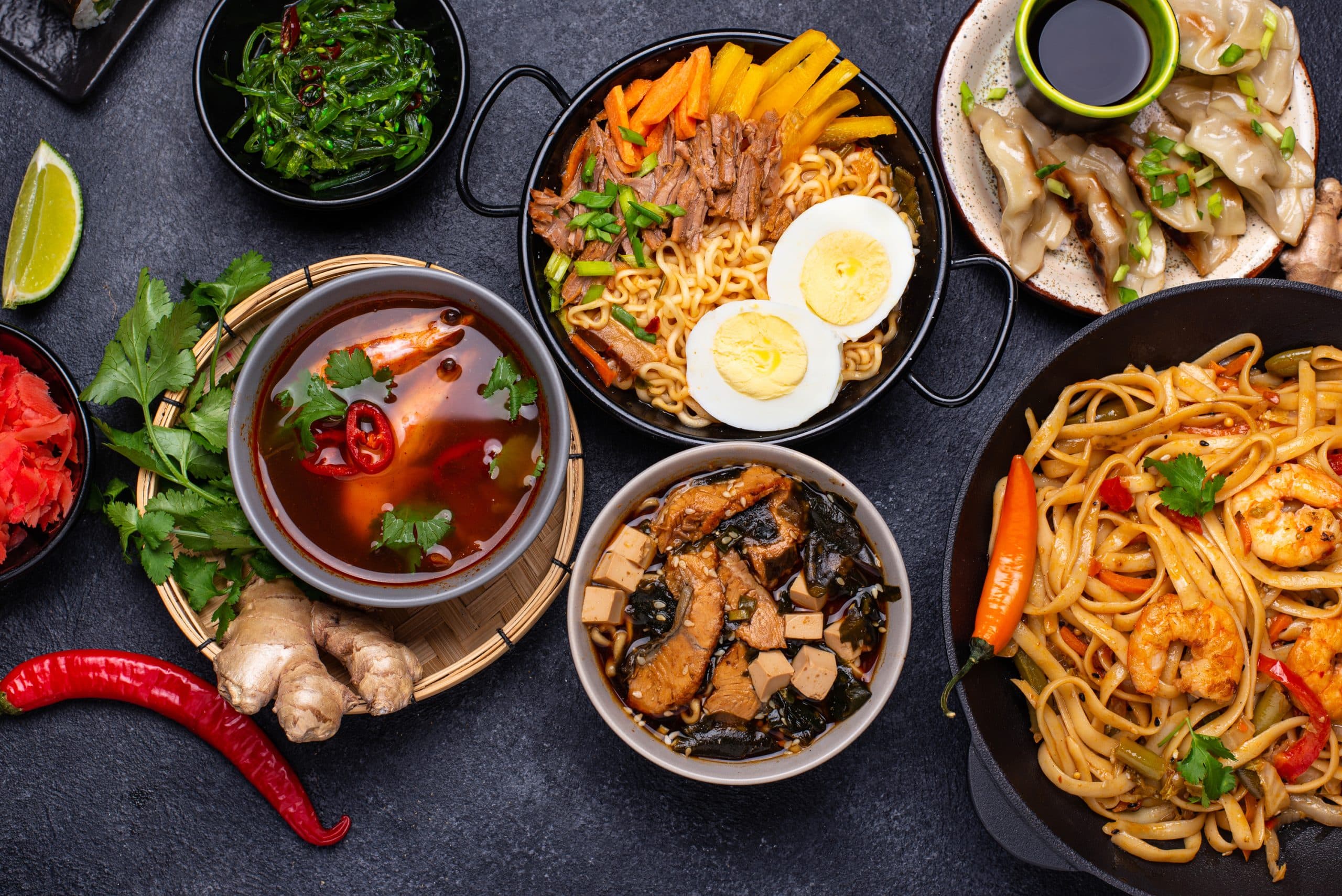What techniques create the perfect Silken Japanese Chawanmushi with Shiitake Mushrooms?

Chawanmushi, a savory Japanese egg custard, is a beautiful and nuanced dish that combines delicate flavors with a silky texture. Its base ingredients consist of eggs, dashi (a kind of fish stock), water, and soy sauce, which are then steamed to perfection. The mixture is often served in traditional chawanmushi cups, making this dish not only delicious but also aesthetically pleasing. In this article, we will delve into the technique used to create the perfect silken Japanese chawanmushi, focusing on a recipe that incorporates shiitake mushrooms.
Understanding the Basics of Chawanmushi
Before plunging into the details of the recipe, it’s essential to gain a solid understanding of what chawanmushi is, the ingredients typically used, and the importance of each in the overall dish.
Avez-vous vu cela : Can you achieve a Mouthwatering Pulled Jackfruit BBQ Sandwich as a vegan delight?
Chawanmushi, which translates as "steamed in a tea bowl," is a traditional Japanese dish often served as an appetizer. The main ingredient is eggs, which are whisked with dashi, soy sauce, and water to create a savory custard. Various ingredients, such as shiitake mushrooms, chicken, or shrimp, are then added to the mixture for flavor and texture.
One of the defining characteristics of chawanmushi is its smooth, silken texture. Achieving this requires a particular cooking technique: the custard mixture is gently steamed, allowing it to set while retaining its soft, creamy consistency. The dish is typically served in individual chawanmushi cups, which are both functional and aesthetically pleasing.
Dans le meme genre : How to craft a Delectable Caramelized Onion Tart Tatin with Thyme?
Crafting the Perfect Dashi
The next step in creating the perfect chawanmushi is to prepare the dashi. This Japanese soup stock is a fundamental part of many dishes and is crucial to chawanmushi’s flavor profile.
Dashi is typically made from kombu (dried kelp) and bonito flakes, although there are other variations. What’s important is that the stock is clear and fragrant, imparting a subtle taste that enhances rather than overpowers the other ingredients.
When creating dashi for chawanmushi, you’ll want to ensure the stock is well-strained to maintain the custard’s smooth texture. The dashi is then mixed with soy sauce and water, and this liquid is the base into which the eggs are whisked.
Selecting and Preparing the Eggs
The eggs play a crucial role in chawanmushi, contributing to both its flavor and texture. It’s crucial to select fresh eggs and handle them carefully to achieve the best results.
When preparing the eggs, they should be lightly beaten – avoid beating them too vigorously as this can introduce air bubbles that will affect the final texture of the custard. The beaten eggs are then strained before being mixed with the dashi, soy sauce, and water.
The egg-to-liquid ratio is another essential factor in achieving the perfect consistency. Too many eggs, and the custard will be too firm; too little, and it will be too soft. A general guideline is to use one egg for every cup of liquid, but this can be adjusted based on personal preference.
Incorporating the Shiitake Mushrooms
Shiitake mushrooms add a unique flavor and texture to chawanmushi. Their earthy taste compliments the custard’s savory flavor, while their firm texture adds a pleasing contrast to the soft custard.
Before adding the mushrooms to the custard mixture, they should be rehydrated (if using dried mushrooms) or cleaned (if using fresh ones). They can then be thinly sliced and briefly sautéed to bring out their flavor before being added to the custard mixture.
Steaming the Chawanmushi
The final stage in creating chawanmushi is the steaming process. This step is crucial in achieving the custard’s characteristic silken texture.
To steam the chawanmushi, you’ll need a steamer or a pot with a rack that can hold the chawanmushi cups. The cups are filled with the custard mixture, covered, and then placed in the steamer.
The heat should be low to medium, and the steaming time will depend on the size of the cups and the amount of custard in each. A general guideline is to steam for 10-15 minutes, but it’s a good idea to check the custard after about 10 minutes. The finished chawanmushi should be set but still slightly jiggly in the center.
The Role of Additional Ingredients in Chawanmushi
Moving on, we will examine what additional ingredients can do to enhance your chawanmushi. Other than shiitake mushrooms, a chawanmushi recipe can include various elements, such as chicken, shrimp, or even fish cake, according to taste.
Including fish cake in your chawanmushi adds a unique seafood flavor that pairs well with the dashi broth. If you prefer a meatier taste, chicken is an excellent choice as it compliments the soy sauce and egg custard effectively. Shrimp, on the other hand, offers a delightful textural contrast. When cooked, it becomes slightly chewy, complementing the silky smooth texture of the steamed eggs.
The more ambitious can even experiment with sauce mirin, a sweet Japanese cooking wine, to add a hint of sweetness that contrasts beautifully with the savory flavors.
In any case, remember to cut any added ingredients into bite-sized pieces. They should be small enough to fit comfortably within the chawanmushi cups without disrupting the custard’s consistency.
The Importance of Serving and Presentation
How the chawanmushi is presented can significantly affect the overall experience of enjoying this dish. Traditionally, chawanmushi is served in unique chawanmushi cups with a lid. The cups are typically ceramic, with an aesthetic design that enhances the visual appeal of the dish.
When served, the lid is gently removed, releasing the fragrant aroma of the steamed custard. This experience is as much a part of enjoying chawanmushi as the taste itself.
In Japan, it’s not uncommon for the cups to be part of a matching set, adding to the overall aesthetic of the meal. Whether you’re serving chawanmushi at a dinner party or enjoying it by yourself, the presentation can make a big difference.
Conclusion
Perfecting a dish like Japanese chawanmushi with shiitake mushrooms takes a bit of understanding, patience, and love for delicate flavors. From selecting the right eggs, creating a fragrant dashi stock, delicately whisking the egg mixture, judiciously picking and preparing the mushrooms, to the careful steaming of the custard – each step is crucial in delivering the silky smooth chawanmushi loved by many.
Remember, the ratio of eggs to dashi broth, the steaming time minutes, and the additional ingredients are all elements that can be adjusted according to personal preference. The only rule is to enjoy the process of creating and savoring this beautiful dish. The effort is well worth it when you lift the lid off the chawanmushi cup and take the first bite of the silky, savory steamed eggs. Enjoy the culinary journey to perfecting your very own chawanmushi.
